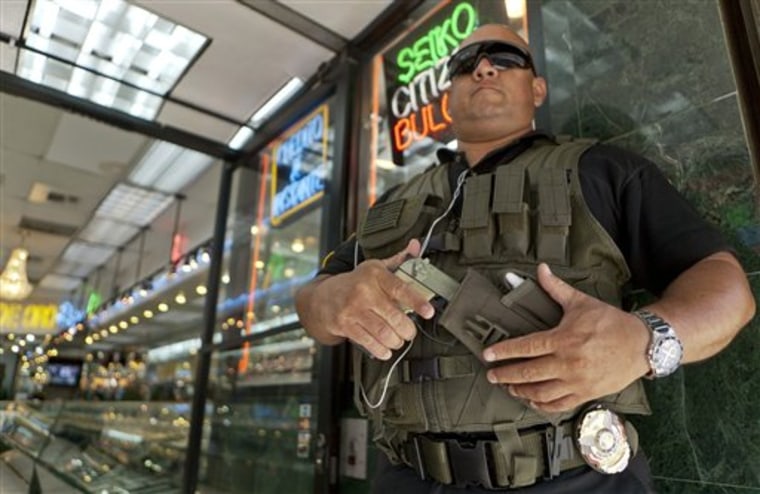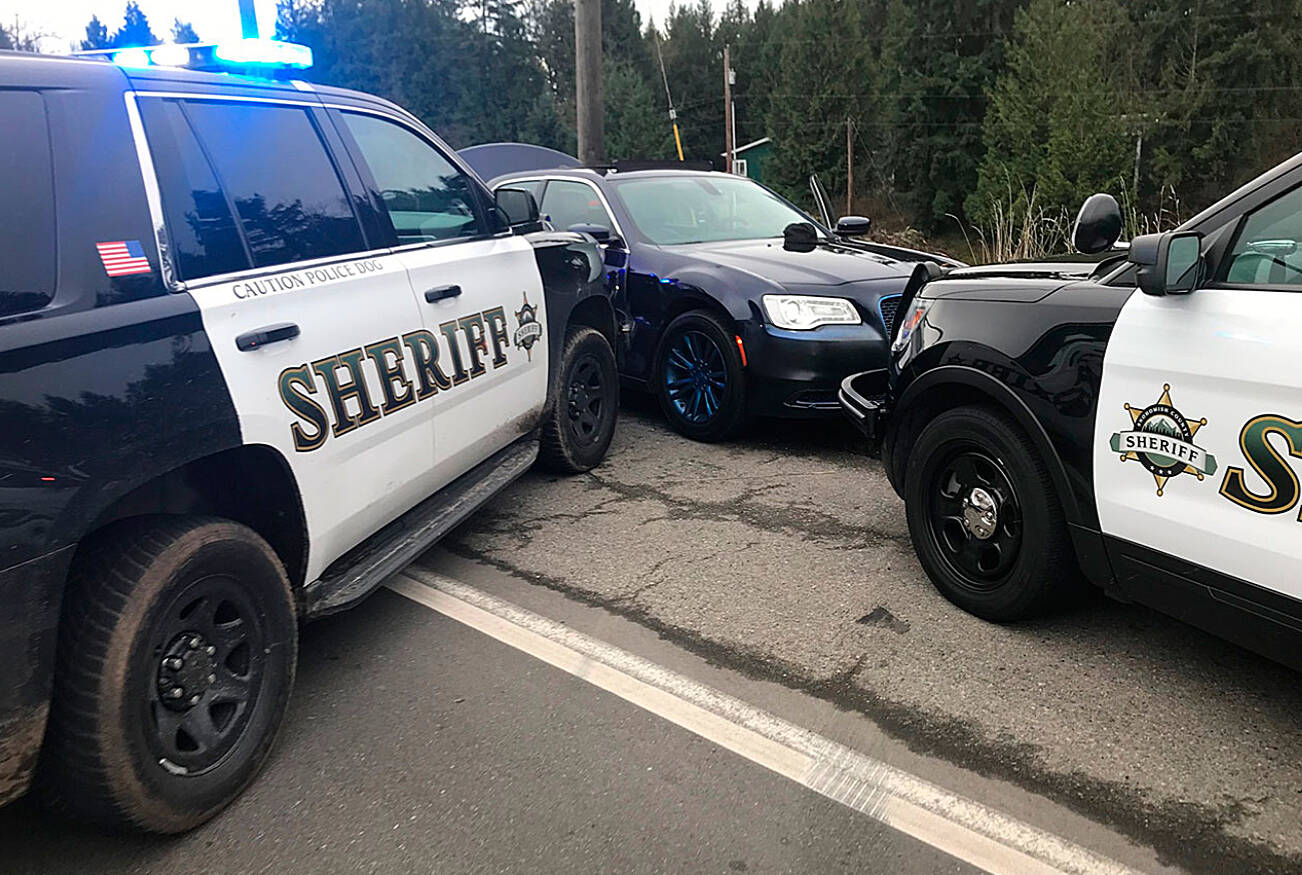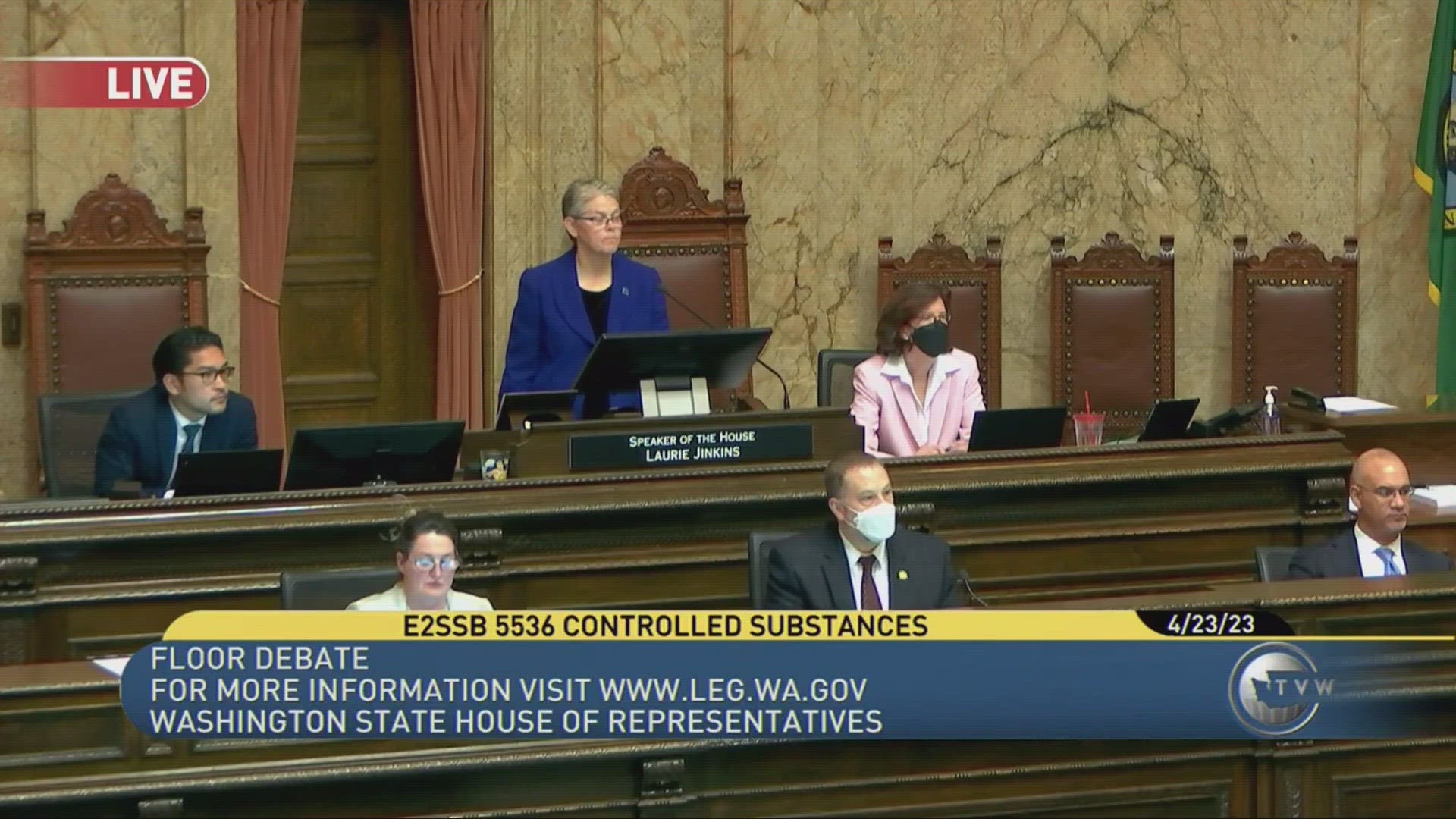
Great article by journalist Robert Mittendorf discusses the possible cost, location, design and scope of a new jail facility.
Whatcom County’s current jail, which is 40 years old, is considered too small for current needs and requires millions of dollars in safety renovations. It’s under booking restrictions because of the COVID-19 pandemic. It was built to hold 148 offenders and was remodeled to a capacity of 212. The Work Center in Irongate has 150 beds for full-custody, lower-security offenders and those on a work crew or work-release programs.
Mittendorf reports that It’s the first public discussion of cost after more than a year of meetings to develop plans for a new jail. This comes along with services that could include diversion programs and mental health and substance abuse treatment facilities.
THE MONEY
A .2% sales tax could collect $13.8 million annually, with $8.3 million to Whatcom County and $5.5 million split among Bellingham and its other cities based on population. A 30-year bond issue with annual payments of $8.3 million could raise $143 million.
THREE POSSIBLE LOCATIONS
Choosing a jail location is the next step in the process. Three locations in the county have emerged, with cost estimates based on a jail size of 400 to 440 beds:
▪ The parking lot south of the Whatcom County Courthouse, location of the current jail in downtown Bellingham. It would be at least seven stories tall on 1.3 acres, with three stories of underground parking and cost $207 million. Opportunities for expansion and nearby location of other services would be limited.
▪ A location on Deemer Road in the Irongate industrial area, near the Jail Work Center and the Anne Deacon Crisis Triage Center. It would be four to five stories tall with underground parking and cost $170 million. Its five buildable acres allow for some possibility of adding additional services nearby. Driving time would be about nine to 12 minutes from the downtown courthouse.
▪ A site on LaBounty Drive in Ferndale, where plans for a jail were scrapped after ballot measures to fund it with a .2% sales tax failed in 2015 and 2017. Cost is estimated at $137 million. Its layout on 16 acres of buildable land would be horizontal and no more than two stories tall. It has the greatest potential for adding nearby services. Because it is near Interstate 5, driving time would be about nine to 15 minutes from the downtown courthouse.
In addition to a new jail, more behavioral health facilities and staff are needed, and also more housing for people who are released from jail, according to reports from the Whatcom County Justice Project over the past year. It has also focused on ways to reduce time in jail, such as electronic home monitoring and programs that treat substance abuse.
The VERA Institute reports the following general information about most jails located across the nation:
- Close to 70 percent of all people held in local jails have been charged with violations of drug, property, or public order laws; less than one-third have been charged with offenses that are considered violent.
- Unlike in prisons—where incarcerated people have been convicted of a crime—two-thirds of the people in local jails have not been found guilty of their current charges but remain incarcerated pretrial, often because they’re unable to pay even small bail amounts.
- Many incarcerated people also experience added challenges like homelessness or behavioral health issues. Forty-four percent of people in jail report having at least one mental health condition.
- And the rate of people with substance use disorders is six times as high in jail as in the community.
- People in jails have also experienced homelessness at a rate from 7.5 to 11.3 times that of the broader population.
- These facts are not accidental. They’re the result of policy decisions to use enforcement and incarceration instead of treatment and services.
I’ve said it before, and I’ll say it again: jail is a terrible place. Please review Making Bail and contact my office if you, a friend or family member are charged with a crime. Hiring an effective and competent defense attorney is the first and best step toward justice.














